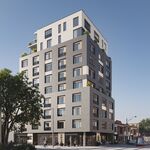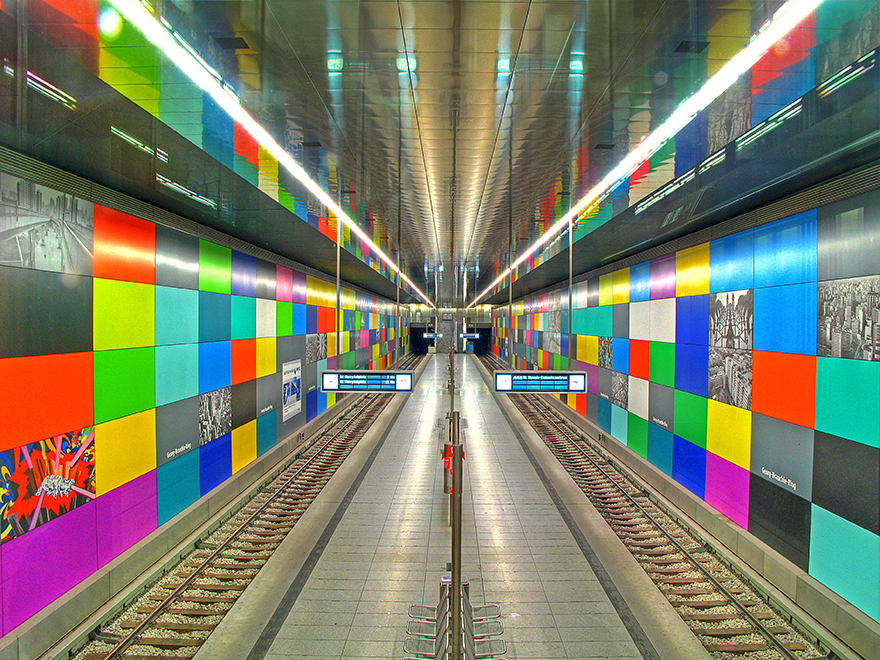I'll be honest, I don't know for sure. And thats probably something I should check before I open my big fat mouth. So you're right to call me out on it. I've done some googling on it, but couldn't really find a cost estimate for the original designs vs what they ended up as.
But looking at the Spadina stations, I don't see how they could possibly be the same price as a simple looking station, nor as quick to build. It just makes sense that a complex design would take more time, effort and money to accomplish. The designs are complex, the TTC has
admitted as much, though a part of the (added) expense appears to be them changing the designs midway. And we already know they are behind schedule (But... maybe that would have happened even with simple stations). Of course though, with these things common sense and intuition doesn't always make you right - often the opposite. So maybe I'm just complaining about nothing.
I would be curious to see how the Eglinton stations fare - i.e will they have as many delays (though I suppose a more competent contractor would be a major factor here too).









